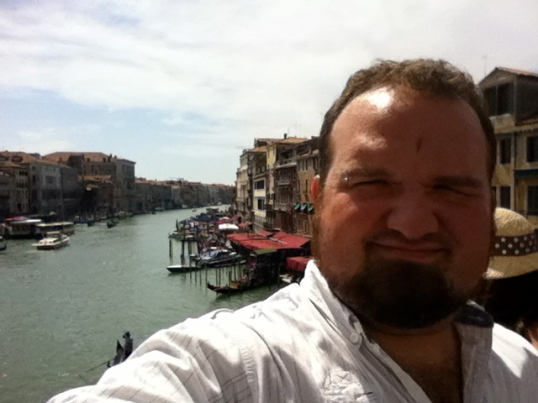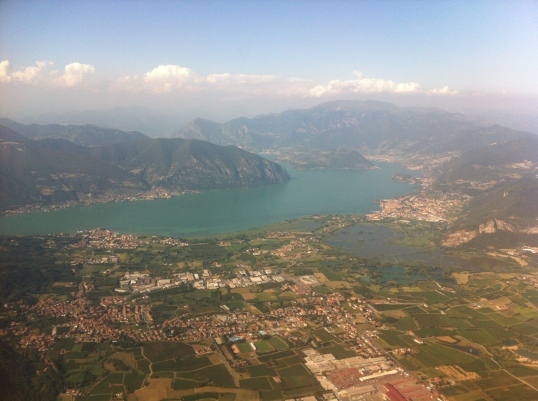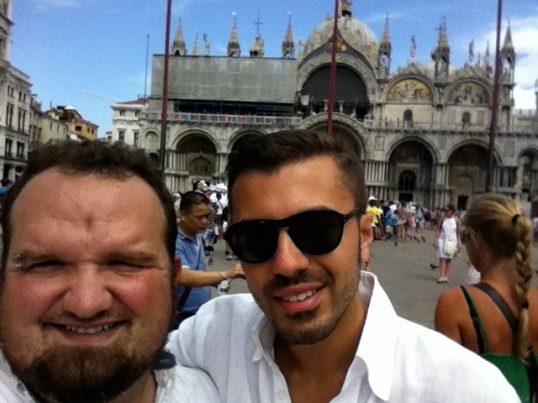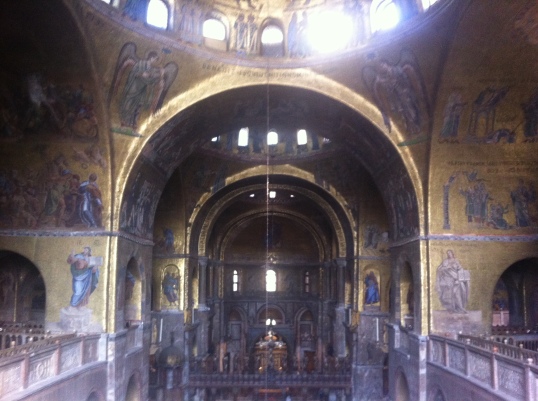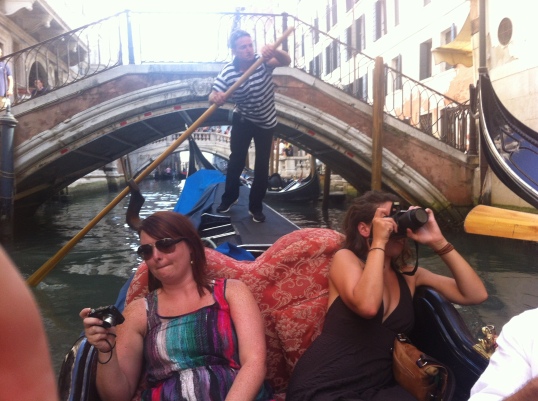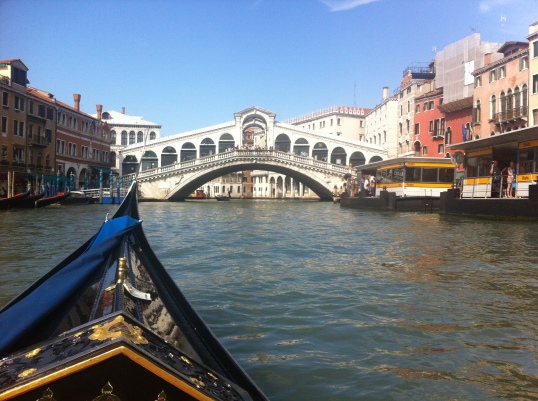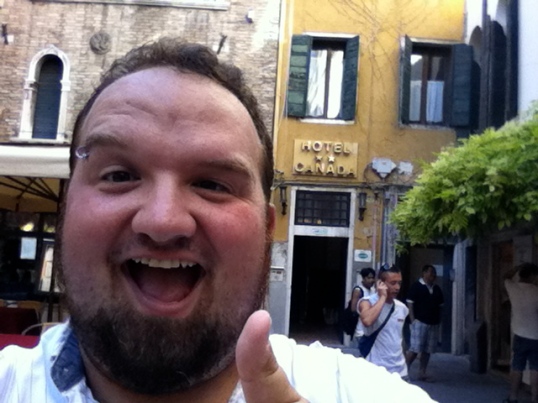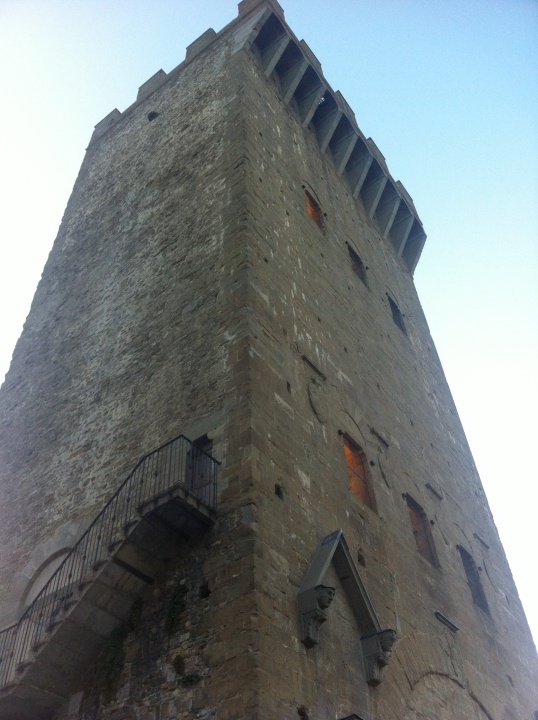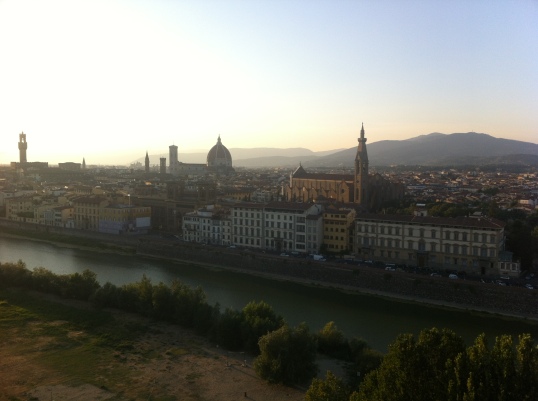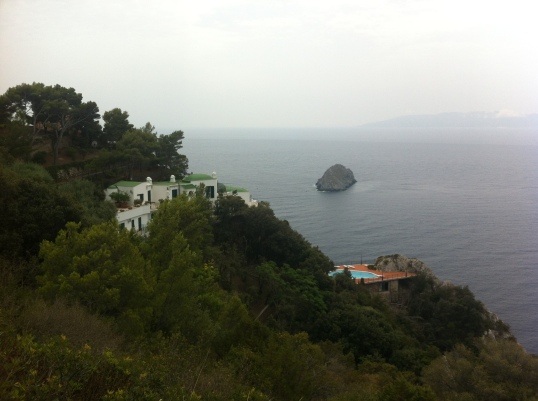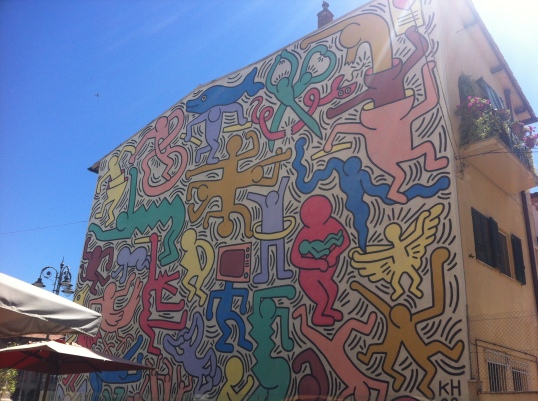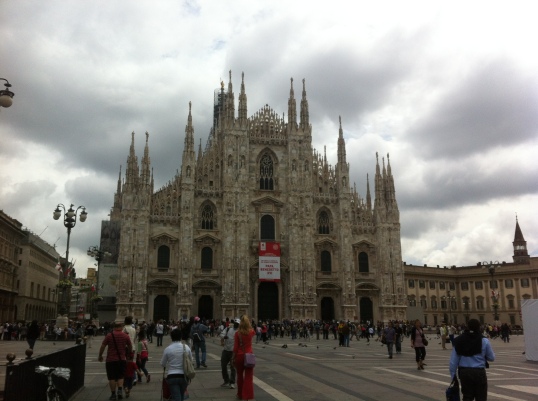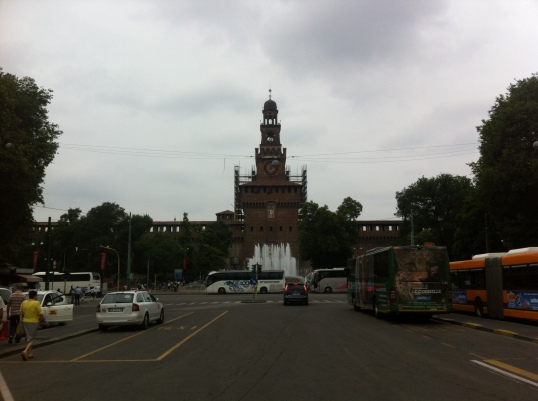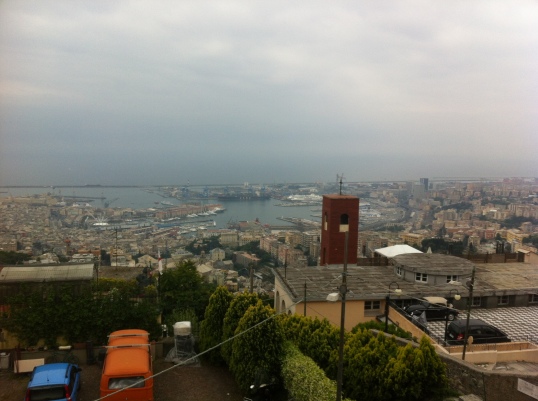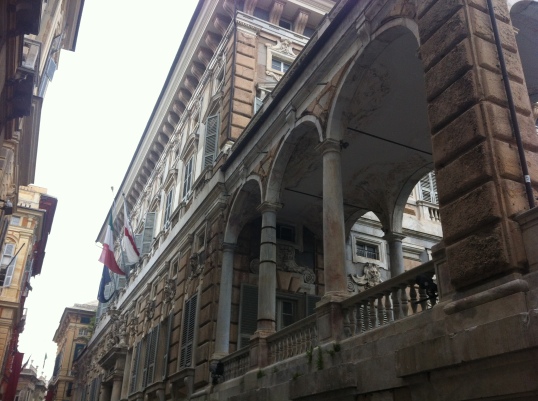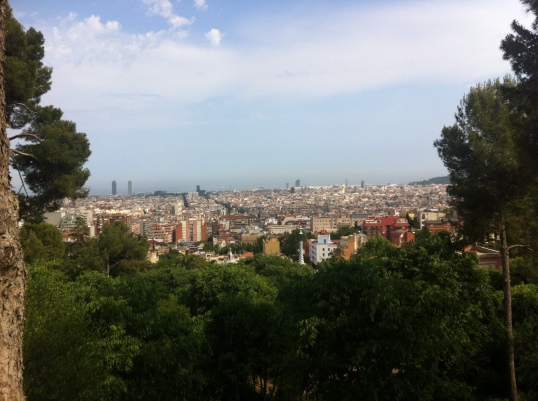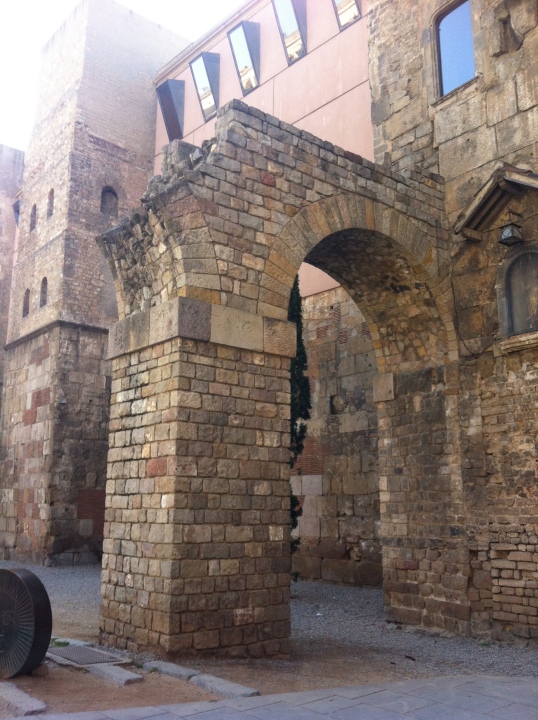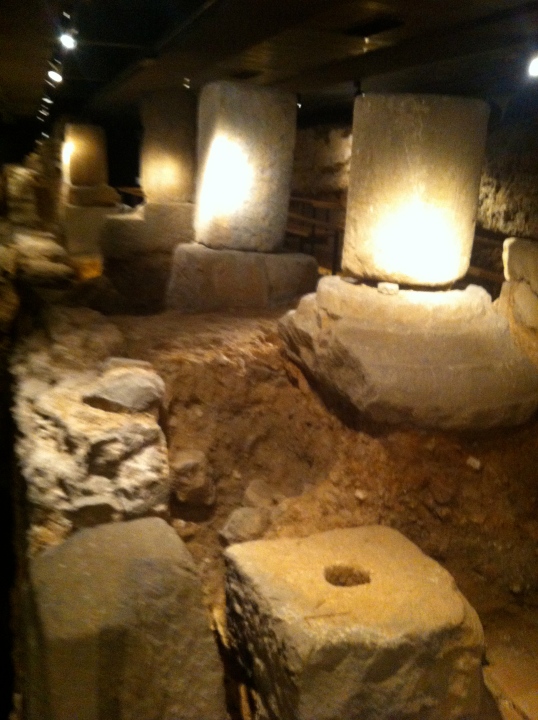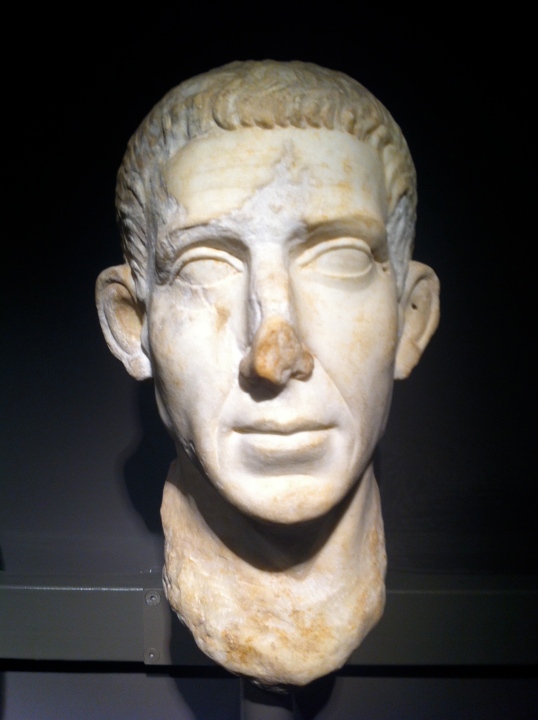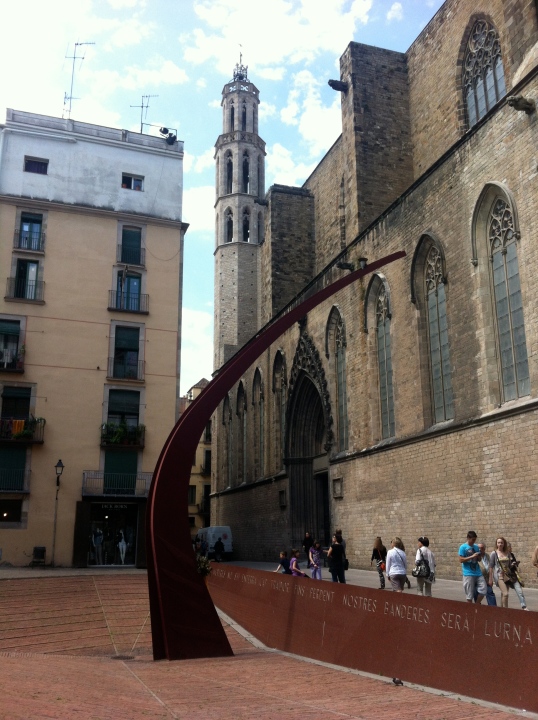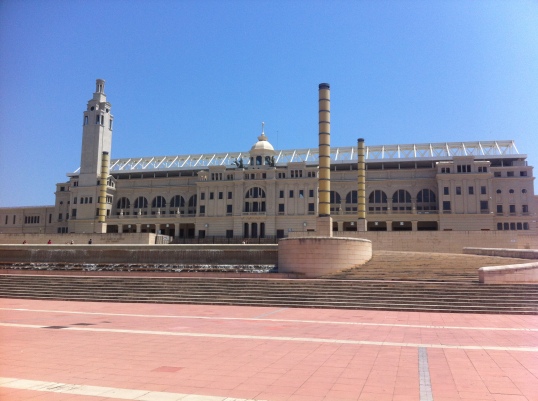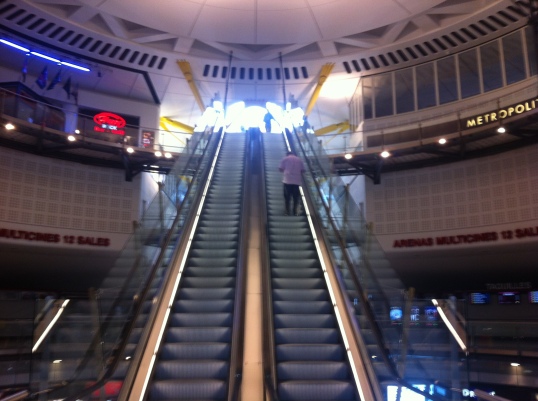Viva Italia
The final stop on The Big Trip was in Italy. My friend Peter, in Milan, offered to be my guide for a week when my plans in Edinburgh fell through, so after a brief stopoever in London to catch the Olympics, I headed to Milan to start the week-long adventure.
Venice
After a night of rest and relaxation, we got up early to go to Venice. We took the train, a 2.5 hour ride, and landed in Venice shortly before lunch. I didn’t realise that Venice was an island, and so the only way to get there is by boat or via a long train bridge from the mainland. When you leave the train station, you are confronted almost immediately by the stunning architecture.
I know it goes without saying that Venice is the city of canals, but it’s something else to see it in person. The water in the Grand Canal is a bluish-green, but is a bit more brown in the smaller canals. Everywhere there are bridges, and there are very few wide streets – it’s a labyrinth of narrow alleys. Which is all kinda of awesome.
We spent the first while just walking the streets, looking at shops and restaurants, until we ended up finding the place that Peter wanted to take me. It was a small restaurant nestled in the corer of an alley, and we sat down for what Peter called a “typical” Venetian meal. Lots of fish and seafood. It was stellar.
We continued our way through the city til we got to Piazza San Marco.
I always find it… surreal to visit places that I’ve seen in paintings, especially paintings that are hundreds of years old. There are many paintings of San Marco, but it’s quite something else to stand there in front of it, turning around to take in the square, and to get a feel for the place. It’s beautiful. There’s no other way to say it. And to know that these buildings have seen generations of people from al over the world, it really puts things into perspective.
It’s free to visit San Marco, and the basilica is, of course, stunning. The phot above is taken from the museum, where relics from the church, as well as pieces that were replaced during the restoration, are kept. Even though the line was very long, it moved pretty quickly, and we weren’t stuck in the sun too long. It was wortht he visit.
We unfortunately didn’t go to the Ducal palace, as our time was short, but it’s definitely on the list from when I come back.
Of course, when in Venice, one has to take a ride in the gondolas on the canals. Be warned – it ain’t cheap. We went to look at the gondolas, and the shortest ride – maybe 20 minutes around 3 canals – was 80€. Yeah, no way. But, as luck would have it, a couple of girls behind us who heard me balking at the price approached us and asked if we wanted to share a gondola and do the 45-minute long tour – for 120€.
And so we did.
It was wonderful. Seeing the city from this angle, going under al of the bridges, past the doorways and balconies, it really gave you an idea what it was like to live there. I had to wonder what the residents of Venice though about all the tourists crawling around their city – because as I noticed, everywhere we went, there were tourists – no places for the locals to hide.
The whole time I was on the gondola, the music from Gilbert and Sullivan’s The Gondoliers ran through my head.
The remainder of the day was dedicated to shopping, eating (we went the cafe route and I ate deep-fried cheese. Awesome) and just enjoying the city.
A day wasn’t nearly enough time to truly get to know Venice, but it was enough to make me want to return. Maybe I’ll stay here…
Florence
Peter did a fantastic job of not telling me where we were going. It was also really nice to be able to sit back and let someone else be the tour planner. And the crazy driver.
As we left Milan for points unknown the next day, I really had no idea where we were headed. I did have a clue, however, as we made our way south that we were heading in the direction, at least, of Firenze.
I didn’t realise Firenze was Florence. Cause I’m smart like that.
With only 24 hours in Florence, we had a lot to see, and not much time to see it in. We stayed at a lovely boutique hotel that was walking distance to most of the main attractions. After arriving, we walked the city, coming upon Piazza della Signoria and the Palazzo Vecchio. It was beautiful to behold.
The Palazzo, which now houses City Hall and the Museo di Palazzo Vecchio, was started in 1299. It was, for years, the seat of government for the Florentine Republic, and home to, among others, the Medici family.
Room after room in the Palazzo is beautifully decorated with works by the Masters, and you can literally feel the history. The views from the Palazzo are spectacular, and you can tell that those that lived and worked here were truly Masters of their Domains.
Part of the Museo di Palazzo Vecchio is the Torre San Nicolo, one of the oldest and tallest guard towers in Florence.
The Torre San Niccolo is part of what used to be a series of guard towers along the city wall, and was one of the main entry points into Florence. You can climb the tower (at certain times – check with the Museo first) to get awesome views of the city.
A great find right across from San Niccolo was an outdoor pub, whose name escapes me. Happy hour in Italy is very different – there was tons of FREE food available, and we could sit there, eat and drink as the sun set over Florence. Plus, there was this cool sign:

Translation:
Top: Upright position: Millions of years to reach, do not ruin it with too much alcohol
Middle: (loosely translated) Shit on the ground: It’s not your dog’s fault, it’s yours.
Bottom: Marking your territory: Do it with education… (last line cut off)
One thing we did and would not recommend was visiting the Boboli Gardens. They’re, well, they’re gardens. The ticketing is a bit of a scam – they ahve two separate tickets that see two different sets of things, so you have to buy both to really get to see anything, and truthfully, I was very disappointed. Plus, it was hot and I was cranky.
We also did the walk over Ponte Vecchio, and along the riverside, which was beautiful. Again, we only had one day in Florence, and while it wasn’t nearly enough time, it certianly whet my appetite.
Siena
Our time in Siena was very, very short: literally two hours on the way south. But it was, by far, the place that most fit my idea of what classical Italy looked like.
Siena, like most of Italy, is friggin hilly, and so it was a bit of a climb from the carpark to the Piazza, but wow, was I not disappointed. The Piazza is kinda round, and it rakes into a central point in front of the Palazzo Pubblico. They apparently stage horse races in the Piazza twice a year, and you can see how the shape leads to that, a sort of hippodrome.
We were on the hunt for some headache medication for Peter, and in this quest, we got to wander the streets of Siena. The old part of the city is beautiful, and called to mind the old streets of le Vieux Port in Montreal or the Citadel in Quebec, except much older and more Italian. We had a quick dinner snack at a small pizzeria, and then made our way to Tuscany – the big surprise.
Monte Argentario
Monte Argentario is a small island attached to the Tuscan coast, but it’s a big mountain sticking out of the Mediterranean. On a clear day, you can see all the way out to Corsica, and Elba, the island where Napoleon was exiled, is reachable by ferry from Porto Ercole.
We stayed at an… interesting hotel. As we drove up to the Vecchia Maremma Hotel, I noticed the bucking bronco on the sign and the side of the hotel. Interesting. The place was very old-school, likely last redecorated in the 70s, and as we ascended to our room, I felt like I had walked back in time. The room was nice, bathroom was well-equipped, and the balcony was quite nice- when peter had to go to a meeting, I got in some great reading time out there.
The hotel was in Orbetello, although we never went into town. After a relaxing first night in, we spent much of the next day on Monte Argentario… quite awesome.
We started off in Porto Ercole, one of the two towns on the island, and did some driving around. It’s a quaint little sea-side town, somewhat touristy, but with fantastic restaurants. We had lunch and dinner there, before and after driving the mountain.
I need to insert here that Peter drove us around, and he drives an Alfa Romeo. It’s a sedan, but it can still go. And as awesome as it was tearing around the mountain roads in the car, I was a bit scared here and there. But the views were breathtaking.
Peter had said he wanted to find a place that would be relaxing, and this was certainly that. What a beautiful place.
Pisa
On the way back to Milan, we made a stop in Pisa, as one does. From what Peter tells me there’s not much to see in Pisa save for the Piazza dei Miracoli, which is a UNESCO World Heritage Site that comprises the Duomo, the Campanile (aka, the Leaning Tower of Pisa), the Baptistery, and the Camposanto. So we went to see the Duomo…
… The Baptistery …
… the Campanile …
… and the Camposanto (no photo). They were all pretty amazing, although I was monumented out and didn’t end up going into any of them. It was beautiful, and I was quite surpised that there were that many monuments in such a compact space. Convenient history!
Something else we saw in Pisa was quite a surprise. Peter’s friend Antonio sent us looking for a Keith Haring mural in Pisa. We found it.
I’ve never paid much attention to Haring’s work, to be honest. I was a kid in the 80s, and I sort of remember Haring’s work being ubiquitous. It’s woven into the fabric of my memories of the 80s. But when I saw this piece, which is his last work and HUGE, I got a new perspective on him and his work, and his impact on the art community. It was great to see.
Final Thoughts
This was my 3rd trip to Italy, and like all my trips to Italy, it was a whirlwind. I’m glad I came back, and got to see so many amazing things, and now I have even more ideas for what to do when I return – and next time, take a bit more time and actually enjoy and experience the place.
Special Thanks
Mille Grazie, Peter. 😉
Photo Gallery
Click here to see my Picasa Photo Gallery of Italy.
